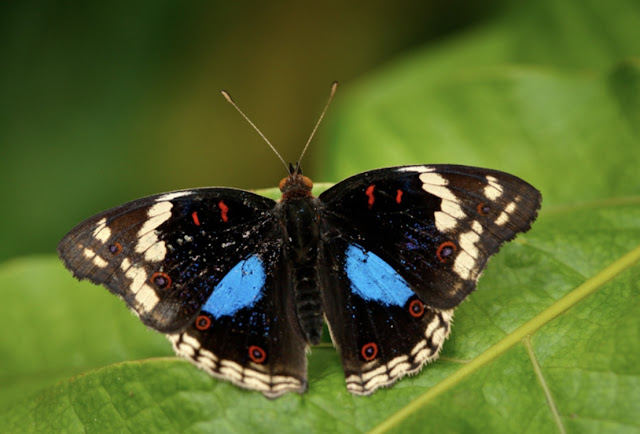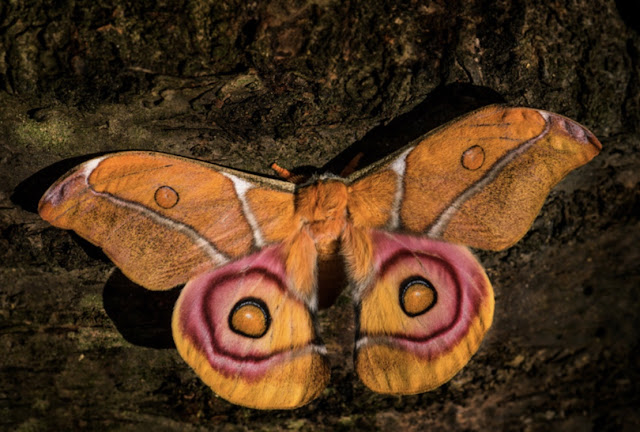Due to the islands’ geographic isolation and varied ecosystems, Madagascar is a treasure trove of vividly coloured butterflies and moths.
The Lepidoptera family includes more than 3,000 species of butterflies and moths, many of which are endemic to the island or closely related to its Arican mainland relatives. Scientists are continuously finding new species, especially in remote forest areas.
There
are a few differentiating characteristics between butterflies and moths. First, butterflies are active during the day,
while moths are nocturnal. Butterflies
have thin, clubbed antennae, whereas moths possess feather-like antennae. When resting, butterflies keep their wings
closed, while moths spread their wings out flat. Moths also have bulkier bodies compared to
the slender butterflies. Lastly,
butterflies tend to be more vibrant in color, while moths are generally more muted. Here’s a closer look at some of the species
that flutter through the island’s many forest, grasslands and coastlines.
The
Great Eggfly (aka Nymphalid) is widely distributed across the Indo- Pacific
region and Madagascar. Males are especially
eye-catching, with velvety black wings marked by iridescent blue or purple
patches that resemble eyespots. Females
vary can mimic other butterfly species for protection.
The
African Monarch is closely related to the famous North American Monarch. Found in Madagascar and across Africa, it is recognized
by its orange wings, black and white borders and spotted body. Its caterpillars feed on toxic milkweed,
making the adult butterflies distasteful to predators.
The
Blue Pansy is a fast and fluttery butterfly, named after the male’s bright blue
forewings and striking eyespots on the hindwings. Females tend to be more muted in colour. The bold blue eye patterns are believed to
deter predators by mimicking the eyes of larger animals.
Suraka
Silk Moth is a large, fuzzy moth native to Madagascar, characterized by its
soft, earth-toned wings and bold eyespots.
Its caterpillars are used in small-scale silk production and are a
sustainable alternative the Asian silk moth.
Adults do not feed and have a short life after emerging.
The
delicate White Pioneer Butterfly migrates across regions, including Madagascar. Its flight and seasonal movements are linked
to rainfall patterns and the availability of host plants, primarily from the mustard
family (Brassicaceae), which are essential for the larvae’s development.
The
Madagascan Sunset Moth is one of the most stunning insects in the world. It is a day-flying moth known for its iridescent
wings shimmering with green, red, orange, and blue hues. Despite being a moth, it’s often mistaken for
a butterfly because of its vibrant colouring and diurnal habits. Native only to Madagascar, its caterpillars
feed on plants of the Omphalea genus, shrubs or small trees with glossy leaves
and yellowish flowers.














No comments:
Post a Comment
It's so good to see you here . . .